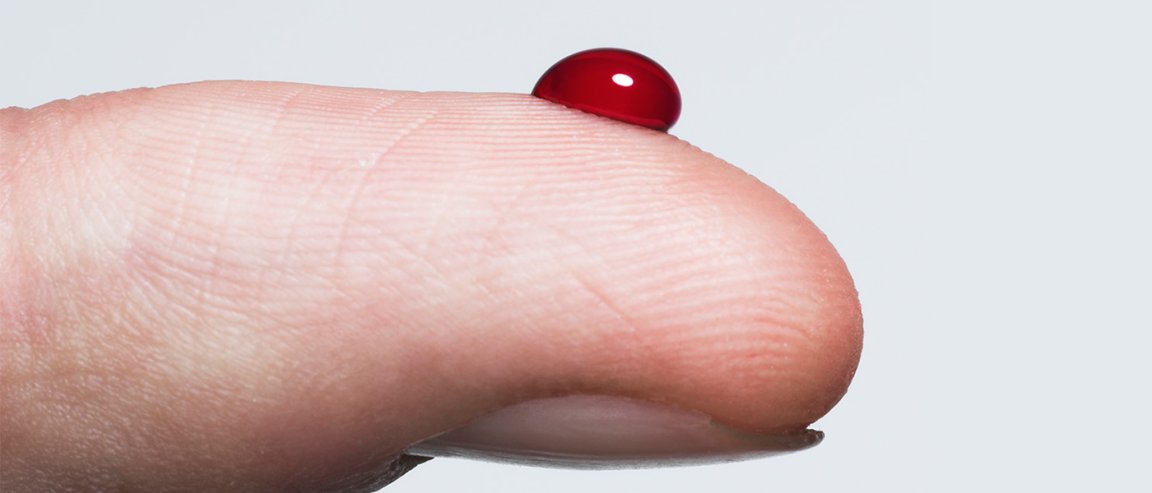
Interview with a Phlebotomist
Several years ago, researchers decided to take young mouse blood and see if it would have any anti-aging effects on older mice. Since the results were promising, they decided to conduct human trials in October of 2014. Blood plasma donations from volunteers under 30 years of age were collected and transfused into patients with mild to moderate Alzheimer’s in an effort to develop a treatment for neurodegenerative diseases in humans.
While those experiments seem like they may have been inspired by a vampire novel, to be fair, they were a big step down in eeriness from previous experiments, which involved stitching old and young mice together so that they’d share a circulatory system. That experiment did “rejuvenate” the older mice, but it also sucked the youth out of the younger mice, who started to show signs of premature aging.
The latest study in this arena builds on previous experiments without, thankfully, requiring that anyone be stitched together.
Sakura Minami and her colleagues at Alkahest, a company specializing in blood-derived therapies for neurodegenerative diseases, have found that simply injecting older mice with the plasma of young humans twice a week improved the mice’s cognitive functions as well as their physical performance. “It’s more or less what we would expect,” says Victoria Bolotina, Boston University professor of medicine, physiology, and biophysics and a participant in the research. “The blood of young people must have something in it that’s important for keeping them young.”

Hope for Patients
An examination of the brains of the treated mice showed that more new neurons had been generated compared to those of the untreated mice. “Young human plasma treatment can increase neurogenesis,” says Minami. These results spark hope for those suffering from neurodegenerative diseases such as Alzheimer’s and amyotrophic lateral sclerosis (ALS), which are estimated to affect millions of people worldwide.
Human trials are still in the very early stages, and it could take as long as a decade for the experiment to move from human trials to hospital use. However, Minami believes she and her team have zeroed in on what exactly makes these effects possible, and they hope that human-specific aging treatments will soon be derived from their research.